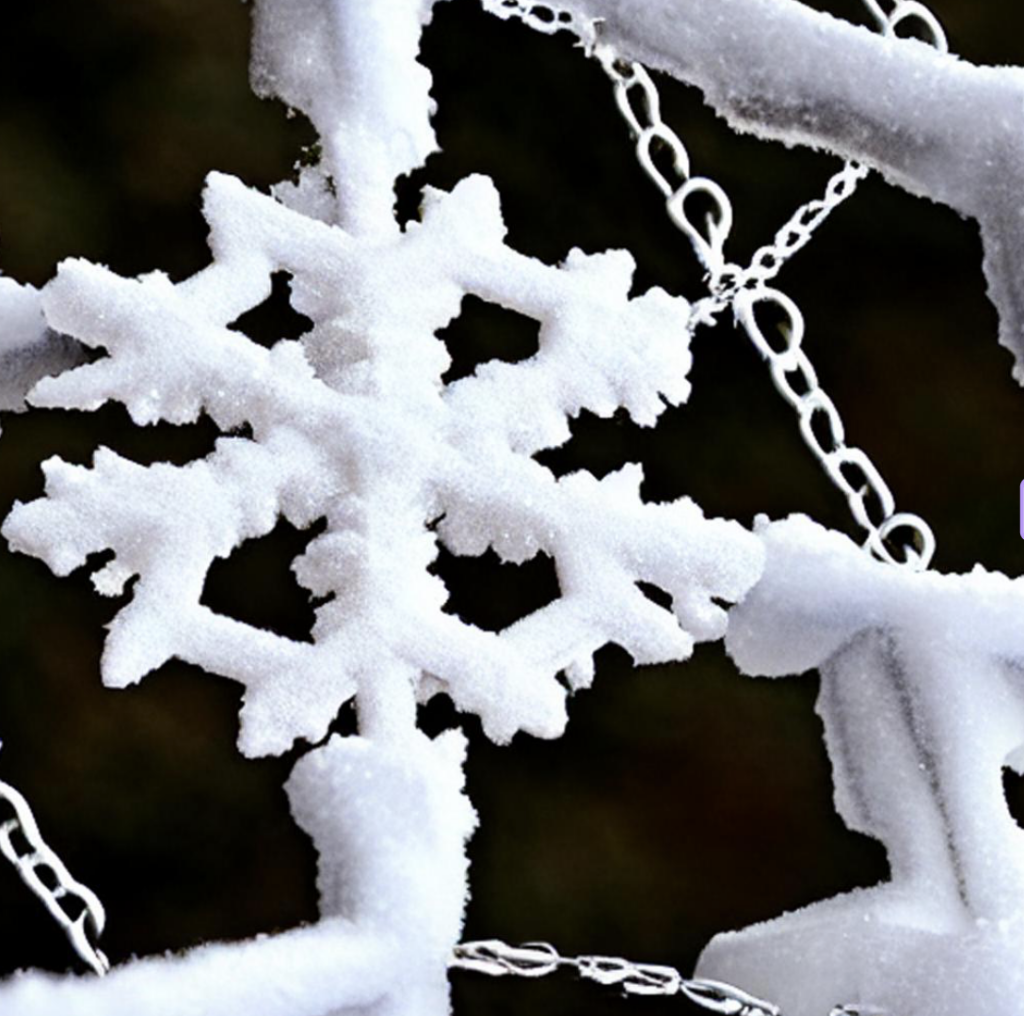Businesses today are highly concerned with safeguarding their data. While Snowflake has established itself as a reliable data storage player, blockchains are yet to gain significant popularity in this domain. Nevertheless, both technologies offer advanced security measures that can mitigate cyber threats. Hence, it would be useful to compare the security features of these technologies to identify the best option for a specific use case. This blog aims to delve into the security features of Snowflake and blockchain technology and highlight their respective advantages and disadvantages. It serves as a continuation of an earlier blog article, which explored how blockchain’s decentralized and open-source nature could disrupt Snowflake’s business model.
Blockchain Security Explained
Blockchain’s security is based on its decentralized architecture, cryptographic hashing, and consensus mechanisms. Using decentralization, single points of failure are eliminated and security enhanced. Cryptographic hashing secures data by generating a unique and irreversible hash code for each block. Consensus mechanisms ensure that each block’s data is valid before it’s added to the chain. Different blockchain platforms use different consensus mechanisms, but they all serve to prevent fraudulent activity and maintain the network’s integrity.
By incorporating these features, the blockchain technology creates a highly secure environment for data storage and management. Their decentralised architecture ensures that no single entity can control the network, while cryptographic hash and consensus mechanisms provide protection against tampering and fraudulent activity. These characteristics combined make blockchains one of the most secure technologies available today.
Snowflakes Security Mechanisms
Snowflake offers a wide variation of security features, including end-to-end encryption, access controls, and auditing. Using end-to-end encryption, data is secured while it is being transmitted to and from Snowflake’s servers. Access controls allow administrators to manage who can access what data and ensure that only authorized users have access. With access history, it is possible to track user activity and help to detect any suspicious activity.
Snowflake’s end-to-end encryption ensures that data is always encrypted. This includes data in transit as well as data that is at rest. End-to-end encryption guarantees additional protection against unauthorized access to the data. Access controls enable administrators to restrict access to sensitive data and ensure that only authorized users have access to it. This is particularly important for companies with multiple departments and varying levels of security clearance. Access history is another important security feature of Snowflake. It allows administrators to track user activity and identify suspicious activity. This helps detect potential security breaches and allows for quick intervention.
With the use of these security measures, Snowflake provides a robust security framework for the data stored. The combination of end-to-end encryption, access controls and history protects against unauthorised access and ensures the integrity of the data.

Comparison
When it comes to security, blockchains and Snowflake have different approaches. Blockchains are known for their decentralised and immutable nature, which makes it difficult for hackers to manipulate data. Snowflake, on the other hand, focuses on secure cloud-based data storage and management.
The strength of blockchains lies in the use of cryptographic algorithms that protect the data stored in the blocks. This makes it an ideal solution for industries that require a high level of security, such as finance, healthcare and government. However, the distributed nature of blockchains can also make them vulnerable to attacks, such as the 51% attack.
Snowflake, on the other hand, offers advanced security features such as multi-factor authentication, role-based access control and end-to-end encryption. This makes it a suitable option for businesses that need to comply with industry-specific regulations such as GDPR and HIPAA. However, Snowflake’s centralised approach can also make it more vulnerable to targeted attacks, as hackers can potentially gain access to a large amount of data in one place.
As a preliminary summary, both Blockchains and Snowflake offer different security features and have their own strengths and weaknesses. Companies should carefully consider their security needs and choose the technology that best meets their requirements.
Use Cases
Sectors such as finance and supply chain management where high levels of security are required find the blockchain technology ideal due to its robust security features. The distributed ledger of the blockchain ensures that financial transactions are transparent, immutable and secure, minimising the risk of fraudulent activity and maintaining data integrity. In supply chain management, Blockchain’s transparency and traceability features also help ensure the authenticity of products and prevent counterfeiting. Overall, the security features of blockchain make it an excellent technology for industries that require the highest level of security and transparency in their operations.
When it comes to data warehousing for sensitive information like healthcare or financial records, Snowflake’s security features are particularly beneficial. In healthcare, Snowflake’s advanced security measures assist in complying with regulations such as HIPAA, ensuring the protection of sensitive information. Similarly, Snowflake offers robust security features for financial records, maintaining data security and privacy. Furthermore, with end-to-end encryption and multi-factor authentication, Snowflake is a reliable choice for businesses that require secure cloud-based data storage and management. The combination of these security features makes Snowflake a trusted option for data warehousing, particularly for sensitive data.
Overall, both Blockchain and Snowflake offer unique security features that can be valuable in different contexts. Businesses should carefully evaluate their needs to determine which technology aligns best with their security requirements.
Final thoughts
To summarise, blockchain and Snowflake offer advanced security features that can protect businesses from cyber threats. Blockchain’s decentralised architecture, cryptographic hashing and consensus mechanisms make it an ideal solution for industries that require a high level of security, such as financial and supply chain management. On the other hand, Snowflake’s end-to-end encryption, access controls and audits provide a robust security framework for data warehousing, especially for sensitive data such as healthcare or financial data. Eventually, companies need to assess their security requirements and choose the technology that fits their needs best. By doing so, they can ensure that their data is protected and safe from cyber threats.
Make sure to check out the other Blogs of Nimbus Intelligence!





